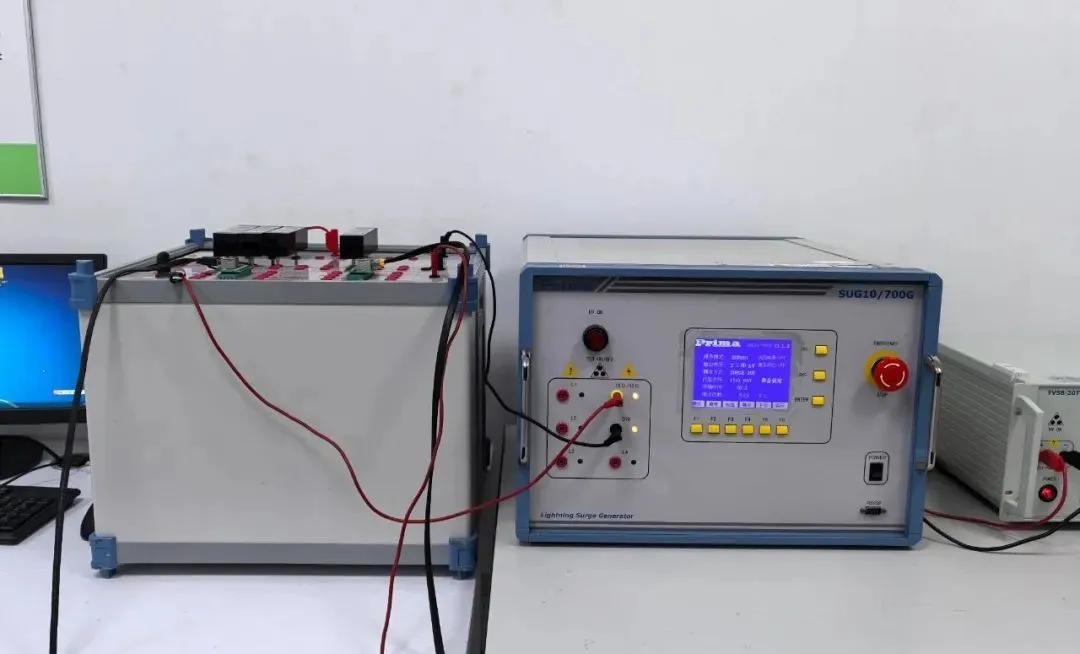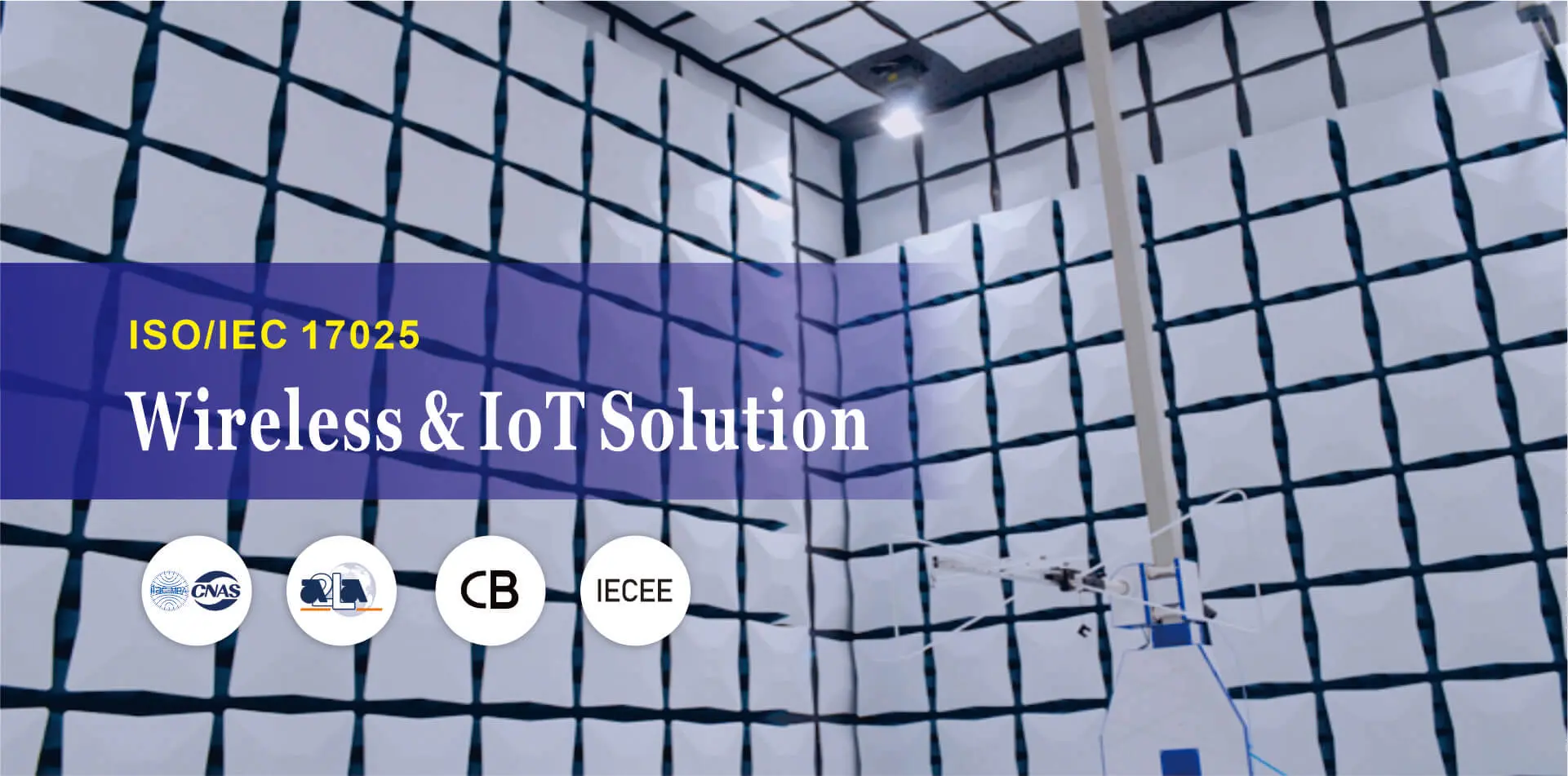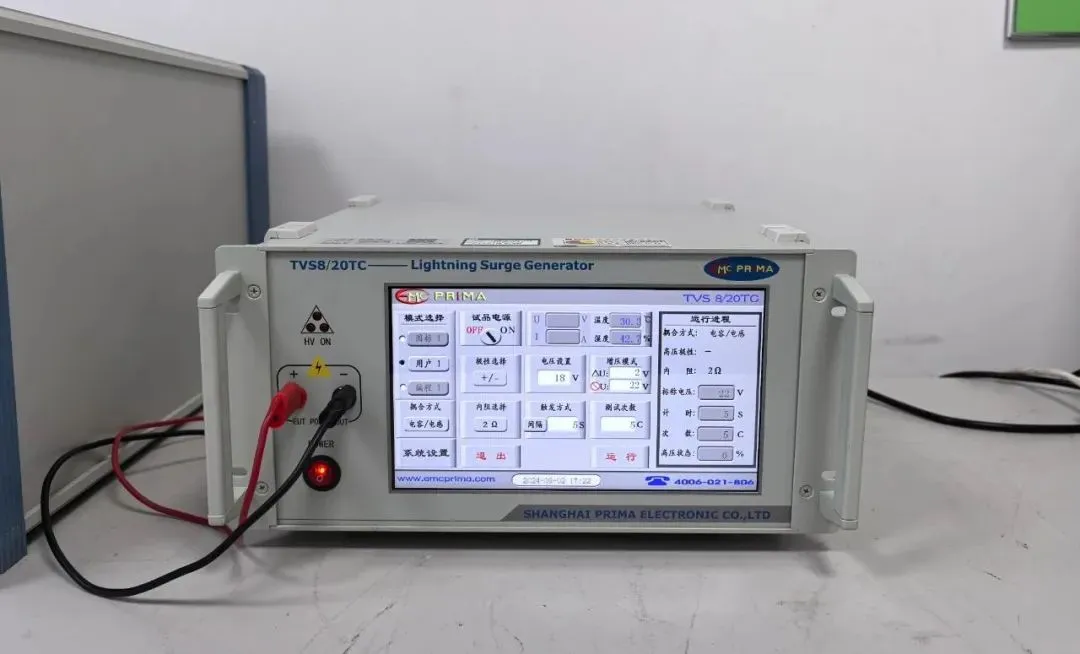
How to get an IEC 62368 Test Report for Power Banks?
Overview of Power Bank Development
The development of power banks is characterized by increased battery capacity, REDuced size, and enhanced safety. Initially, power banks were bULky with limited capacity. However, advancements in battery technology—especially lithium-ion batteries—have enabled higher capacity in smaller sizes. Moreover, the integration of smart power management systems and the adoption of technologies such as GaN chargers and USB-C have significantly improved efficiency and compatibility.

Faster Charging Speeds
Technologies like Gallium Nitride (GaN) chargers and Power Delivery (PD) have enhanced charging speeds for both the power bank and connected devices.
Enhanced Compatibility
The universal USB-C interface and support for proprietary charging protocols like Qualcomm Quick Charge have expanded the range of devices that power banks can charge.
---
Why IEC 62368-1 is Required for International Sales
To sell power banks globally, obtaining an IEC 62368-1 Test Report or cb certification is essential. Today, China’s JJR Laboratory introduces the process, testing items, and fees required for obtaining an IEC 62368-1 test report.
---
Introduction to IEC 62368
What is IEC?
IEC stands for the International Electrotechnical Commission, an organization that develops globally recognized standards for electrical, electronic, and related technologies.
About IEC 62368 Standard
IEC 62368 is a safety standard for audio/video, information and communication technology equipment, and office machines operating at voltages not exceeding 600V. This standard introduces a new safety engineering concept based on hazard-based safety principles to protect users and the environment from potential harm such as electric shock, fire, electromagnetic fields, and other hazardous energy. It integrates and gradually replaces the older IEC 60065 and IEC 60950 standards.
---
Process for Obtaining an IEC 62368 Test Report
Application Process:
1. Fill out the product quality inspection test application form.
2. Send samples to China’s JJR Laboratory.
3. Sample testing. If non-compliant, the lab will notify the company to revise the sample.
4. Once the sample passes, the lab issues the test report.
Required Documents:
- Product specifications and user manual.
- Design and circuit schematics.
- Battery parameters and iec 62133 compliance.
- Information on charging/discharging protection circuits.
Duration:
- Standard processing time is 5–7 working days.
Fees:
- Due to product variation, testing fees must be evaluated and confirmed by a consultant.
---
What Tests Are Included in the IEC 62368 Report?
Electrical Safety:
- High Voltage Test: Assesses insulation strength and high-voltage tolerance.
- Insulation Resistance Test: Measures the resistance of insulation materials.
- Leakage Current Test: Evaluates current flow between conductive parts and ground to identify electric shock hazards.
- Dielectric Strength Test: Verifies compliance with spacing and creepage requirements.
- Ground Continuity Test: Ensures the grounding system is functional.
- Overcurrent Protection Test: Checks the effectiveness of fuses, breakers, and other protective devices.
Mechanical Safety:
- Strength and Durability Test: Verifies that the casing and components can withstand mechanical stress, including sustained force, impact, drop, and glass breakage.
Thermal Safety:
- Heat Resistance Test: Evaluates how components handle operational heat.
- Temperature Rise Test: Assesses the rise in temperature during various operating conditions.
CheMICal Safety:
- Hazardous Substance Test: Ensures compliance with regulations on hazardous substances used in the device.
Radiation Safety:
- RF and Other Radiation Tests: Ensures compliance with exposure limits.
Other Tests:
- Wireless Power Transmission Safety: Evaluates burn hazards related to wireless power transmission.
- Liquid and Pressurized Component Test: Addresses safety concerns related to liquids and pressurized parts.
- Coin/Button Cell Battery Test: Ensures safety compliance for devices using this type of battery.
Email:hello@jjrlab.com
Write your message here and send it to us
 CE Certification of Multimedia Devices with xDSL P
CE Certification of Multimedia Devices with xDSL P
 How to get ECE R65 Certification for Warning Light
How to get ECE R65 Certification for Warning Light
 What is EN71 Testing?
What is EN71 Testing?
 Amazon Toy Testing, Inspection and Certification
Amazon Toy Testing, Inspection and Certification
 Differences Between 3m and 10m Semi-Anechoic Chamb
Differences Between 3m and 10m Semi-Anechoic Chamb
 FCC Certification for Communication Power Supplies
FCC Certification for Communication Power Supplies
 Products on Amazon US That Require Direct TIC Vali
Products on Amazon US That Require Direct TIC Vali
 Projector CE Certification
Projector CE Certification
Leave us a message
24-hour online customer service at any time to respond, so that you worry!




